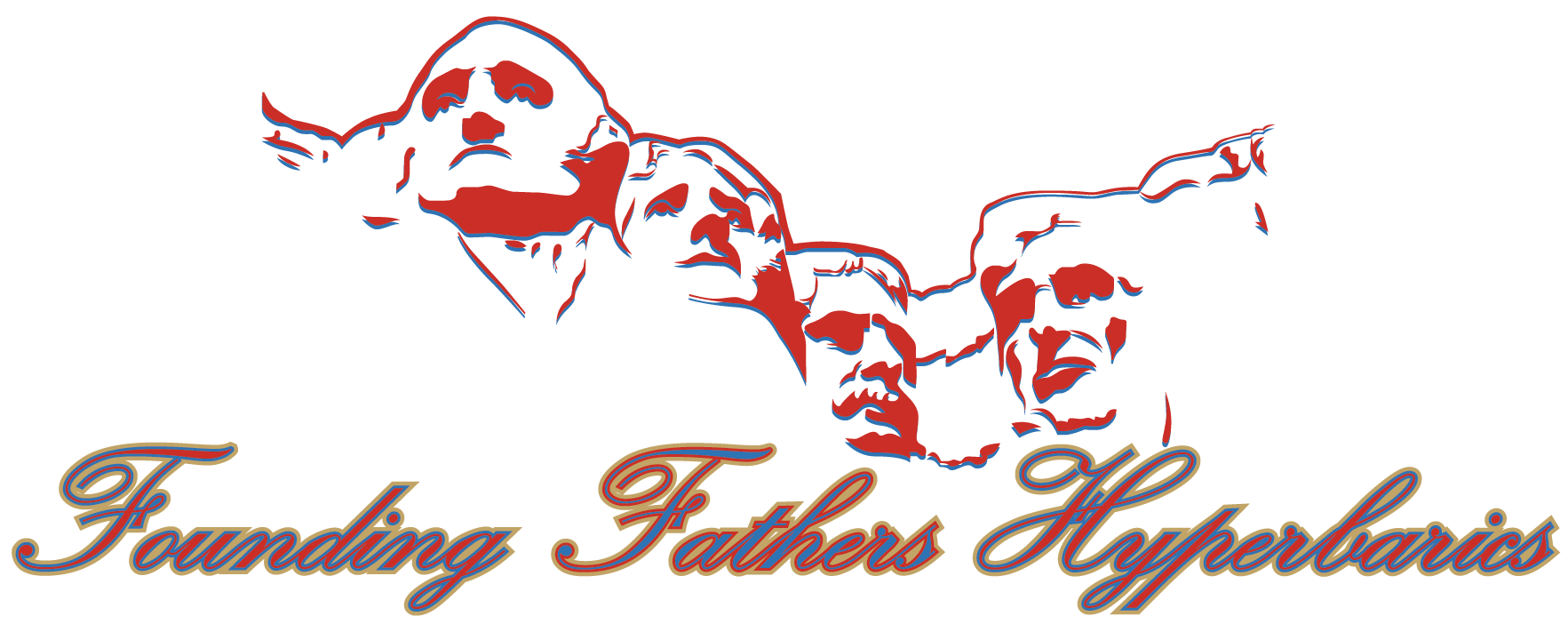Hyperbaric Oxygen Therapy, or HBOT, might sound like a complex term, but its concept is pretty straightforward. Imagine breathing pure oxygen in a special chamber where the air pressure is increased. This environment enhances the oxygen levels in your body, providing numerous health benefits. This type of therapy has been used for many medical conditions, aiding those with tough-to-heal wounds and infections. Increasing interest in this therapy has shown promising results for individuals dealing with PTSD.
PTSD, or post-traumatic stress disorder, can burden many, affecting daily life, relationships, and overall wellbeing. For those battling with PTSD, traditional treatments often focus on counseling and medication. These approaches don’t always work for everyone alone. As new treatment possibilities arise, many have turned their attention toward hyperbaric oxygen therapy as a complementary method that offers hope and relief. HBOT might be an intriguing option for individuals seeking additional support in managing their symptoms.
Understanding PTSD
PTSD is a mental health condition that emerges after a person experiences or witnesses a traumatic event. These events can range from combat exposure and natural disasters to personal assaults or accidents. The symptoms often manifest as flashbacks, nightmares, severe anxiety, and uncontrollable thoughts about the event. Individuals with PTSD can also experience emotional numbness, sleep disorders, and increased irritability or outbursts of anger. It’s crucial for those suffering from PTSD to not face these challenges alone.
The journey of living with PTSD can be challenging, but proper treatment plays a crucial role in managing symptoms and improving quality of life. Treatment typically involves therapy sessions, where individuals talk through their experiences and learn coping skills. Medication can also help in controlling the symptoms of anxiety and depression associated with PTSD. However, some people find that these treatments alone don’t completely address their symptoms, which is why exploring additional options like HBOT could be beneficial.
While traditional treatments for PTSD focus largely on managing symptoms, HBOT works differently. By boosting the levels of oxygen in the body, HBOT helps in healing areas of the brain affected by traumatic events. This process enhances brain function, potentially reducing the severity of PTSD symptoms. Offering a different kind of aid, it becomes a valuable part of a comprehensive treatment plan, offering relief and a chance for recovery where other methods might not suffice.
How HBOT Helps with PTSD
The idea behind Hyperbaric Oxygen Therapy is simpler than it sounds. It involves spending time in a chamber where the air pressure is higher than normal, allowing you to breathe in pure oxygen. This increase in oxygen supply aids the body and mind in unique ways. For PTSD sufferers, this therapy is proving to be a promising approach. Enhanced oxygen levels can improve the way the brain functions, which is key in reducing the symptoms tied to PTSD.
With HBOT, the brain can receive the oxygen it needs to heal more efficiently. Traumatic events can leave parts of the brain in a state of lower functioning. But by boosting the oxygen levels, you can enhance brain activity and support mental health. It’s like breathing new life into the areas that suffered, giving the path toward healing a much-needed push. This is an exciting possibility for many who have felt limited by traditional PTSD treatments.
Additional Benefits of HBOT for PTSD Sufferers
Beyond addressing core symptoms of PTSD, HBOT offers some more perks. These might not be the primary focus, but they certainly help enhance a person’s well-being. Here’s a list of additional benefits users might experience:
- Improved Sleep: A good night’s sleep can be hard to come by for those with PTSD. HBOT can promote deeper, more restful sleep.
- Reduced Anxiety: Regular sessions could help in lowering anxiety, making daily life feel more manageable.
- Faster Recovery: Physical injuries and weariness, often accompanying PTSD, may heal quicker with HBOT.
People who have undergone this therapy often report feeling more relaxed and focused. Such outcomes make HBOT an attractive supplement to conventional treatments.
Integrating HBOT into PTSD Treatment Plans
So, how do you add HBOT to a PTSD treatment strategy? It can fit in smoothly, acting as a complementary method alongside current therapies. Talking to healthcare professionals is the first step. They’ll know how to best incorporate it based on individual needs. Setting a structured plan with regular sessions ensures you get the full benefits.
Consultation with an expert can help in mapping out the right frequency and duration of HBOT sessions that align with personal health goals. Seeing HBOT as part of a larger treatment plan can maximize the relief for PTSD sufferers, providing both hope and tangible improvements.
Hyperbaric Oxygen Therapy & PTSD Relief
Understanding and managing PTSD is a substantial task, but knowing about alternative therapies like HBOT opens up new avenues for healing. It’s more than just an addition; it’s a means of support that offers distinct advantages over conventional solutions. Everyone’s journey with PTSD is unique, so finding a treatment that fits well is essential for improving one’s quality of life.
Exploring hyperbaric oxygen therapy brings possibility and promise. For those who’ve struggled to find relief through traditional methods alone, it’s worth considering the benefits HBOT can bring to the table. Keeping an open mind to various treatment options can lead to the right solution tailored to individual needs, ensuring that those dealing with PTSD can find the peace and health they deserve.
For those seeking new treatment avenues for PTSD, hyperbaric oxygen therapy offers intriguing potential. If you’re curious about integrating this innovative approach into your plan, learn more about the benefits of hyper oxygen therapy with Founding Fathers Hyperbarics. This exploration can be a valuable step on the path to healing and improved wellbeing.

